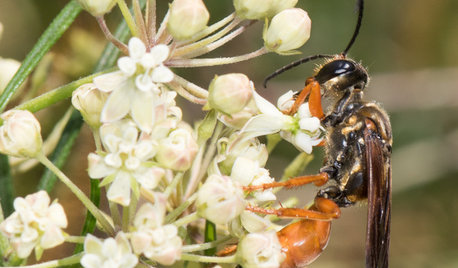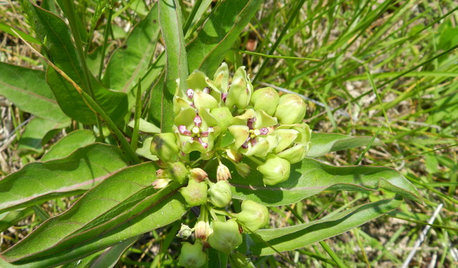Plant Milkweed for the endangered Monarch Butterfly
joeinmo 6b-7a
8 years ago
Featured Answer
Sort by:Oldest
Comments (37)
viper114
8 years agojalcon
8 years agoRelated Professionals
Aurora Landscape Contractors · Canton Landscape Contractors · Pelham Landscape Contractors · Bainbridge Island Landscape Contractors · Estelle Landscape Contractors · Fort Mill Landscape Contractors · Metairie Landscape Contractors · Newnan Landscape Contractors · Merrifield Landscape Contractors · Bensenville Landscape Contractors · Scotch Plains Siding & Exteriors · Cary Decks, Patios & Outdoor Enclosures · Oswego Decks, Patios & Outdoor Enclosures · Reisterstown Decks, Patios & Outdoor Enclosures · Surfside Decks, Patios & Outdoor Enclosuresbrandon7 TN_zone7
8 years agowisconsitom
8 years agowisconsitom
8 years agojalcon
8 years agosam_md
8 years agowisconsitom
8 years agodbarron
8 years agowisconsitom
8 years agodbarron
8 years agojoeinmo 6b-7a
8 years agolast modified: 8 years agojoeinmo 6b-7a
8 years agobrandon7 TN_zone7
8 years agowisconsitom
8 years agojalcon
8 years agolast modified: 8 years agowisconsitom
8 years agolast modified: 8 years agobengz6westmd
8 years agoterrene
8 years agolast modified: 8 years agowisconsitom
8 years agoterrene
8 years agolast modified: 8 years agojoeinmo 6b-7a
8 years agolast modified: 8 years agojoeinmo 6b-7a
8 years agobrandon7 TN_zone7
8 years agolast modified: 8 years agowisconsitom
8 years agojoeinmo 6b-7a
8 years agojoeinmo 6b-7a
8 years agolast modified: 8 years agobrandon7 TN_zone7
8 years agosam_md
8 years agowisconsitom
8 years agosam_md
8 years agorusty_blackhaw
8 years agowisconsitom
8 years agohoovb zone 9 sunset 23
8 years agoarbordave (SE MI)
8 years agojoeinmo 6b-7a
8 years ago
Related Stories

GARDENING GUIDESGreat Design Plant: Butterfly Milkweed, a Beacon in the Prairie
Vivacious orange flowers for you, nectar for the butterflies and bees. Asclepias tuberosa is worth planting for more reasons than one
Full Story
CALIFORNIA NATIVE PLANTSGreat Design Plant: Asclepias Is Attractive to Monarch Butterflies
Increase monarch butterfly populations in California by planting stunning native milkweeds
Full Story
GARDENING GUIDESGreat Design Plant: Milkweed
Quit cringing. This not-weed plant is a sight to behold in the garden, has a delicious vanilla scent and is a magnet for butterflies
Full Story
GARDENING GUIDESGreat Design Plant: Asclepias Incarnata for a Butterfly Garden
Beautiful swamp milkweed makes it easy to help monarchs and other pollinators in eastern U.S. gardens
Full Story
GARDENING FOR BUTTERFLIESBe a Butterfly Savior — Garden for the Monarchs
Keep hope, beauty and kindness alive in the landscape by providing a refuge for these threatened enchanters
Full Story
FALL GARDENINGWhat Monarch Butterflies Taught Me About Garden Design
Thinking like a butterfly leads to fresh perspectives in the garden and in life
Full Story
GARDENING GUIDESGreat Design Plant: Asclepias Verticillata
Plant whorled milkweed in dry central and eastern U.S. gardens to attract monarch butterflies and other insect pollinators
Full Story
GARDENING GUIDES6 Plants That Beat Butterfly Bush for the Wildlife Draw
It's invasive, a nonnative and a poor insect magnet. Check out these better alternatives to butterfly bush in the garden
Full Story
GARDENING GUIDESGreat Design Plant: Asclepias Viridis
Green antelopehorn is a milkweed that is short, drought-tolerant, not aggressive and a monarch favorite
Full Story
GARDENING GUIDES6 Steps to Creating Your Butterfly Garden
Encourage these fanciful winged beauties to visit your garden while helping restore their fragmented habitat
Full Story









jalcon